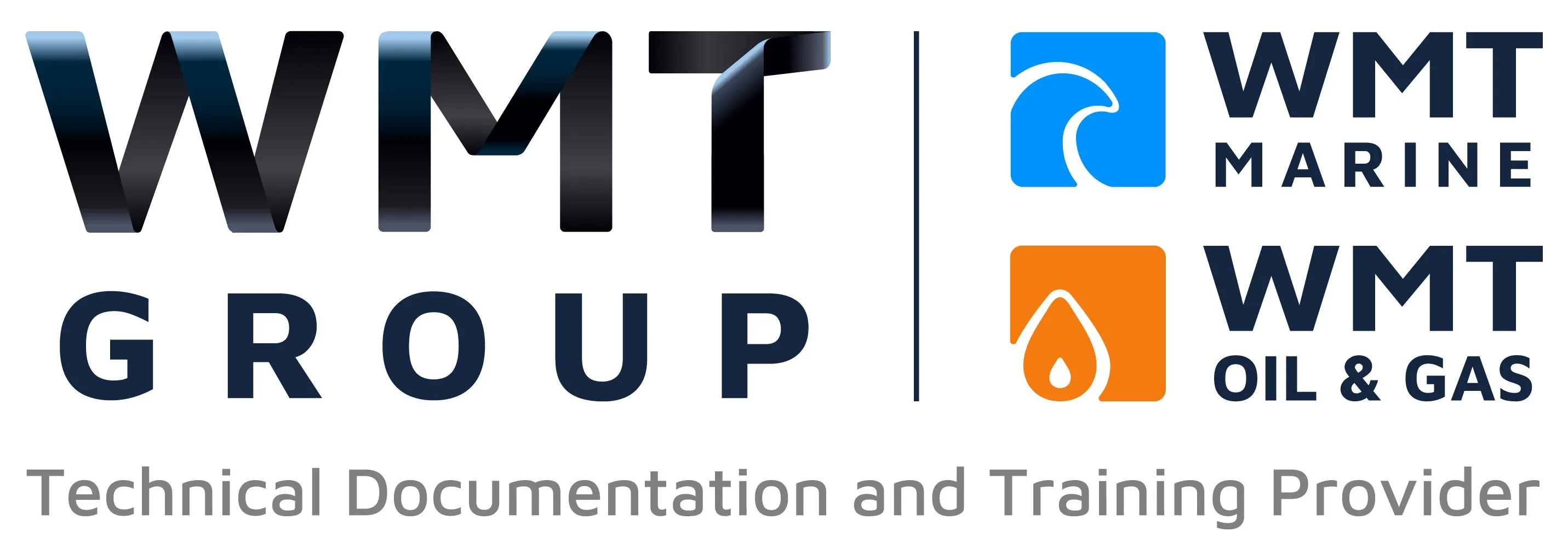Best Practices for Offshore Oil and Gas Documentation

Offshore oil and gas operations involve complex systems, stringent regulations, and high-risk environments. Accurate and well-structured documentation is essential to ensure safety, compliance, and efficiency in these operations.
In this guide, we’ll explore the best practices for offshore oil and gas documentation, helping industry professionals create clear, compliant, and effective technical records.
Why Offshore Oil and Gas Documentation Matters
Proper documentation is the backbone of offshore operations. It plays a crucial role in:
✅ Ensuring Safety – Detailed procedures help prevent accidents and improve emergency response.
✅ Regulatory Compliance – Meeting industry standards such as those set by the IMO, API, and HSE.
✅ Operational Efficiency – Providing clear guidelines for maintenance, inspections, and troubleshooting.
✅ Risk Management – Reducing human error through structured, step-by-step instructions.
✅ Knowledge Retention – Ensuring that critical knowledge is preserved and accessible to crews.
Given the high-risk nature of offshore environments, documentation must be precise, up to date, and easy to follow.
Key Best Practices for Offshore Oil and Gas Documentation
1. Standardise Documentation Format
Consistency is key to ensuring documents are easy to use and understand. Establish a standard template that includes:
Title Page – Document title, reference number, version, and date.
Table of Contents – Quick navigation for users.
Introduction – Purpose of the document and key safety notices.
Procedures and Guidelines – Clear, structured instructions.
Diagrams and Flowcharts – Visual aids to explain complex processes.
Glossary of Terms – Definitions of industry-specific terminology.
2. Use Clear and Concise Language
Offshore oil and gas documentation should be precise, direct, and free from unnecessary jargon. Follow these writing principles:
✅ Use active voice – (“Inspect the valve” instead of “The valve should be inspected”).
✅ Keep sentences short – Avoid overly technical language.
✅ Use bullet points and numbered steps – Improve readability and clarity.
✅ Avoid ambiguity – Be specific about instructions, such as torque values, pressure limits, and temperature ranges.
3. Align with Industry Regulations and Standards
Compliance with industry regulations ensures that offshore documentation meets legal and operational requirements. Key standards to follow include:
ISO 14224 – Equipment reliability and maintenance data for the petroleum industry.
API RP 75 – Safety and environmental management systems (SEMS).
HSE (Health and Safety Executive) Guidelines – UK-specific safety regulations.
IMO and SOLAS Standards – Maritime safety compliance.
Regularly updating documentation in line with evolving regulations is crucial.
4. Implement Digital Documentation Systems
With advancements in technology, many offshore operators are moving towards digital documentation solutions, such as:
Cloud-based document management – Ensures real-time updates and accessibility.
Interactive PDFs – Embedded links and search functionality for quick reference.
Mobile-friendly formats – Accessible on offshore tablets and rugged devices.
Automated version control – Tracks document changes and ensures up-to-date compliance.
5. Incorporate Visual Aids and Multimedia
Offshore workers often operate in high-pressure environments where visual aids improve comprehension. Consider:
📌 Diagrams and schematics – Provide clear technical illustrations.
📌 Step-by-step images – Help guide procedures.
📌 Flowcharts – Outline decision-making processes.
📌 Training videos – Enhance understanding of complex tasks.
6. Maintain Strict Version Control
Version control is critical for tracking changes and ensuring teams use the latest information. Best practices include:
Assigning version numbers and revision dates.
Keeping a change log to document updates.
Ensuring older versions are archived but not mistakenly used.
Using access controls so only authorised personnel can edit documents.
7. Train Staff on Documentation Use
Even the best documentation is ineffective if staff don’t know how to use it. Conduct regular training to:
✔ Teach personnel how to access and interpret documents.
✔ Ensure crews understand compliance requirements.
✔ Provide hands-on sessions for using digital documentation tools.
✔ Gather feedback from users to improve clarity and usability.
8. Schedule Regular Reviews and Updates
Offshore oil and gas operations evolve over time, making it essential to review documentation at least annually or when there are:
Regulatory changes requiring new compliance measures.
Equipment updates that alter procedures.
Incident reports identifying gaps in existing documentation.
New technology integrations requiring updated processes.
A structured review process ensures documentation remains accurate, relevant, and effective.
Final Thoughts
Effective documentation is the foundation of safe and efficient offshore oil and gas operations. By following these best practices—standardising formats, using clear language, integrating digital solutions, and ensuring compliance—you can create documentation that enhances safety, reduces risks, and improves operational efficiency.
With the right approach, offshore documentation becomes a valuable tool, helping workers navigate complex procedures with confidence.
